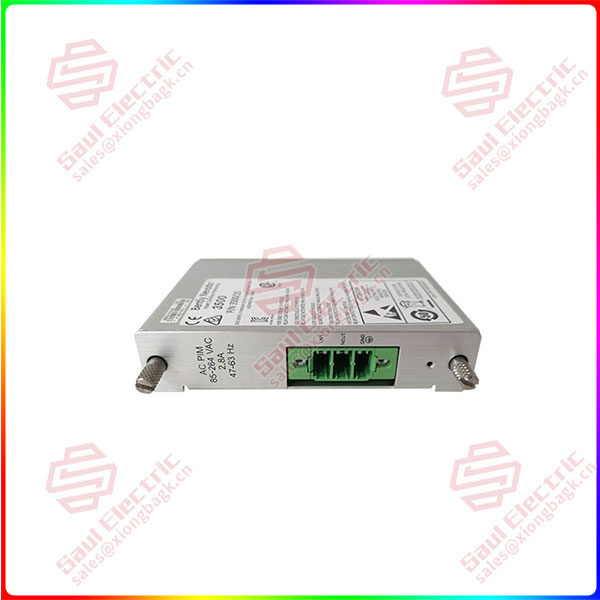On the afternoon of December 14, the World Economic Forum (WEF) released its latest white paper, The Global Lighthouse Network: Accelerating AI at Scale describes how Lighthouse companies can build the necessary capabilities to maximize the positive impact of AI on people, planet, and business performance, and how others can join the network to create synergistic social effects and improve business performance.
This white paper announces the latest batch of “lighthouse factories” list, a total of 21 new “lighthouse factories” and 4 “sustainable lighthouse” factories, so that the lighthouse network representing the highest level of intelligent manufacturing and digitalization in the world has reached 153.
Of the new lighthouse factories, 12 are in China, including factories owned by A number of A-share listed companies. Such as Industrial Fulian China Taiwan Nanqing Factory, Ningde Times China Liyang factory, China Resources Building Materials Technology China Tianyang factory, Haier Zhijia China Hefei and Qingdao factories, Hengtong Optoelectronics Hengtong Optical Fiber Technology China Suzhou factory, Longi Green Energy China Jiaxing factory, Mondelez International China Beijing factory, As well as the GAC Aean Guangzhou plant and CITIC Special Steel Wuxi plant, which are enabled by Industrial Fulian services.
The new beacon of Chinese factories
Factory Lighthouses

106M1081-01
Ningde Period (Liyang, China) : To address surging demand, rising labor costs, and its commitment to carbon neutrality, CATL’s Liyang production site has taken several steps, including simulating quality checks using big data, reducing conversion times through additive manufacturing, implementing micron quality checks using computer vision, and optimizing process control and energy management using deep learning. After successful implementation, production increased by 320%, manufacturing costs decreased by 33%, normalized emissions decreased by 47.4%, and quality defects decreased by 99%. The defect measure has also been upgraded from “one in a million” to “one in a billion.”
Citic Pacific Special Steel (Jiangyin, China) : To meet the rapidly growing global demand for customized Steel while addressing issues such as unstable supply of raw materials and energy, CITIC Pacific Special Steel’s Jiangyin Xingcheng plant has deployed more than 40 Fourth Industrial Revolution use cases, such as using advanced analytical technologies to simulate and optimize processes, And the introduction of an AI-driven energy management system. After the effective implementation, the factory customized orders increased by 35.3%, the rate of unqualified products decreased by 47.3%, and the energy consumption per ton of steel decreased by 10.5%.
China Resources Building Materials Technology (Tianyang, China) : In order to meet the requirements of green and low-carbon development, meet higher quality expectations and ease cost pressures, The Tianyang cement production base under China Resources Building Materials Technology Holdings has deployed more than 30 Fourth Industrial Revolution use cases, Leverage advanced analytics, autonomous driving and industrial iot technologies to improve energy efficiency, labor efficiency and equipment performance as well as quality performance. After effective implementation, plant carbon emissions are reduced by 24%, labor productivity is increased by 105%, unplanned downtime is reduced by 56%, and product quality consistency is improved by 25%.
GAC AION (Guangzhou, China) : To meet customers’ growing demand for reliable, customized electric vehicles, GAC AIon has deployed more than 40 Fourth Industrial Revolution use cases, providing customers with more than 100,000 configuration options and ensuring timely delivery of qualified products. The fully automated production line supports a hybrid production mode and can produce different models according to order or stock requirements, achieving a 50% increase in production efficiency, a 33% reduction in delivery time, an 8% increase in first-pass acceptance rate, and a 58% reduction in manufacturing costs.
 1 Year Warranty
1 Year Warranty




